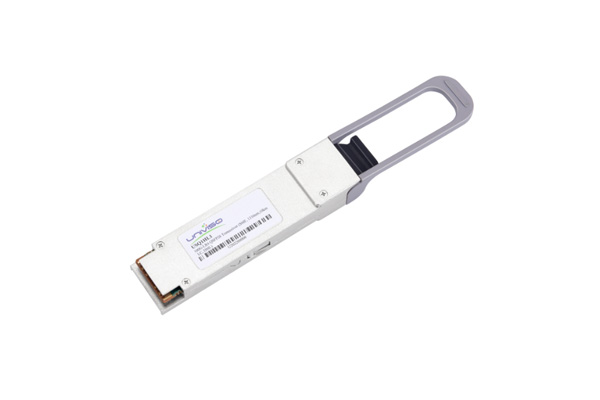In the realm of high-speed data transmission, 100G optical modules play a pivotal role, and among them, QSFP28 optical modules have emerged as the mainstream solution, favored by industries for their exceptional performance and versatility. Let’s delve into what makes QSFP28 modules stand out in modern network infrastructure.
 100GBase-ZR QSFP28 80KM, single Lambda Transceiver, SMF, BiDi, Tx1273nm/Rx1310nm, LC
100GBase-ZR QSFP28 80KM, single Lambda Transceiver, SMF, BiDi, Tx1273nm/Rx1310nm, LC
What is a QSFP28 Optical Module?
QSFP28, often referred to as a 100G optical module, is a compact, high-performance transceiver designed to meet the demands of 100Gbps data transmission. Its popularity stems from three key advantages:
High Port Density: With a smaller form factor compared to other 100G modules (such as CFP4), QSFP28 allows network switches to accommodate more ports, maximizing space efficiency.
Low Power Consumption: Operating at typically less than 3.5W, it outperforms other 100G modules that consume 6W to 24W, making it ideal for energy-efficient networks.
Cost-Effectiveness: Its design and manufacturing efficiency translate to lower costs, making 100G network deployments more accessible.
QSFP28 modules feature four independent channels, with data rates per channel upgraded from 25Gbps to 40Gbps, enabling flexible and high-speed data transmission.
Applications of QSFP28 Optical Modules
QSFP28 modules are widely adopted in two key areas:
100G Ethernet: Powering high-speed local area networks (LANs) and data center interconnects, ensuring rapid data exchange between servers, switches, and storage systems.
EDR InfiniBand: Supporting ultra-low-latency, high-bandwidth connections in high-performance computing (HPC) environments, such as supercomputers and cloud data centers.
By utilizing four 25Gbps transmission channels, these modules efficiently aggregate data to achieve 100Gbps total throughput, balancing speed and stability.
How Does a 100G QSFP28 Optical Module Work?
The core function of a QSFP28 optical module is to convert electrical signals to optical signals for long-distance transmission via fiber optics, then convert them back to electrical signals at the receiving end. Here’s a step-by-step breakdown of its working principle:
Clock and Data Recovery (CDR): The input 100G electrical signal first undergoes processing by the CDR module to restore and synchronize the data, ensuring signal integrity.
Array Driver Module: The processed electrical signal is then sent to the array driver, which modulates and conditions the signal for optimal transmission.
Laser Transmitter Module: The modulated electrical signal is converted into an optical signal by the laser transmitter, which is then coupled into an optical fiber for propagation.
Photoelectric Conversion Module: At the receiving end, the optical signal is converted back into an electrical signal by a photodetector.
Electrical Signal Processing: The recovered electrical signal undergoes further processing (including current-to-voltage conversion and amplification) before being output to the host device (e.g., a switch or server).
Why Choose QSFP28 for Your 100G Network?
Fiber optic transmission offers inherent advantages over copper cables, including longer reach, higher bandwidth, and immunity to electromagnetic interference. QSFP28 modules amplify these benefits with their compact design, low power consumption, and high port density—making them the go-to choice for scaling 100G networks in data centers, cloud facilities, and enterprise environments.
Whether you’re building a new 100G infrastructure or upgrading an existing one, QSFP28 optical modules provide a reliable, cost-effective solution to meet your high-speed data transmission needs.
 100GBase-ZR QSFP28 80KM, single Lambda Transceiver, SMF, BiDi, Tx1273nm/Rx1310nm, LC
100GBase-ZR QSFP28 80KM, single Lambda Transceiver, SMF, BiDi, Tx1273nm/Rx1310nm, LC